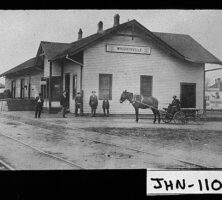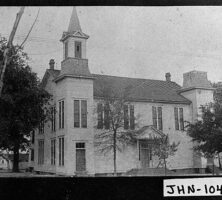Johnson County, in east central Georgia, is the state’s 130th county and encompasses 304 square miles. It was created by the state legislature in 1858 from Emanuel, Laurens, and Washington counties and named after Herschel Johnson, the governor of Georgia between 1853 and 1857.
Johnson was Democrat Stephen Douglas’s 1860 vice-presidential candidate, chosen for his anti-secessionist stance. He served as a judge from 1873 to 1880 and is the only judge in Georgia history to sit on the bench in the superior court of a county named for him.
The county seat is Wrightsville, laid out on land donated by William Hicks in 1859 and incorporated in 1866. It was named for John B. Wright, a member of the committee that determined the town site. He later became a state legislator. The first courthouse, described as a wooden structure, was built soon after the county was formed. The population of Wrightsville grew rapidly in the 1890s, requiring a new courthouse. It was built in 1895 and still fills its original function. Renovated in 1938 as a Works Progress Administration project, and again in 1996, it was placed on the National Register of Historic Places in 1980.
Kite, incorporated in 1891, is located on the eastern side of the county. Kite was named after Shaderick Kight, who donated the land for the town and requested the simplified spelling of his name, which he hoped would expedite mail service. Other towns include Adrian, Donovan, Meeks, and Scott. The county line zigzags through Adrian, placing part of the town in Emanuel County. This came about because of a family feud that occurred in the late nineteenth century. Adrianwas settled in the 1890s. Meeks, settled in the late 1880s, was named for Henry Meeks, a prominent Primitive Baptist minister who possessed a large tract of land in the vicinity. Scott, incorporated for most of the nineteenth century, is on the line near Laurens County. The origin of its name is unknown.
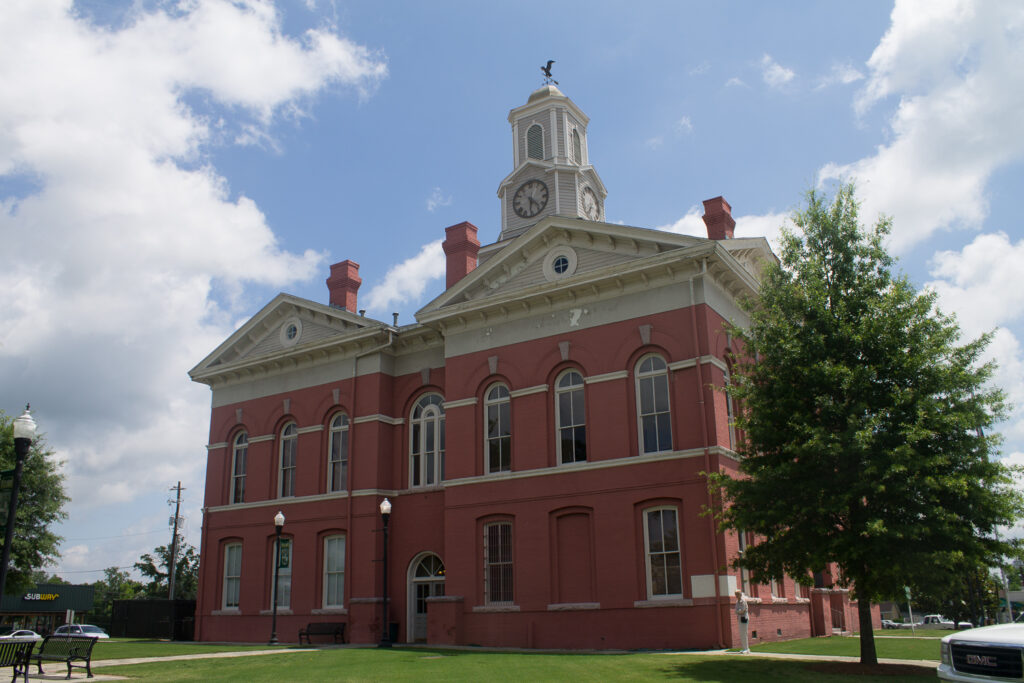
Wrightsville is located on a Georgia Civil War Heritage Trail, commemorating its place in the history of that conflict. Union general William T. Sherman’s march to the sea came through Johnson County.
In 1888 the Methodist Episcopal Church established the Nannie Lou Warthen Institute, a district high school in Wrightsville. Three years later the school received a charter recognizing it as a college, and in the early 1900s its name was changed to Warthen College. Eventually it closed, but today local students may acquire post–high school education at the local campus of Southeastern Technical College, which maintains a center for adult education in Wrightsville.
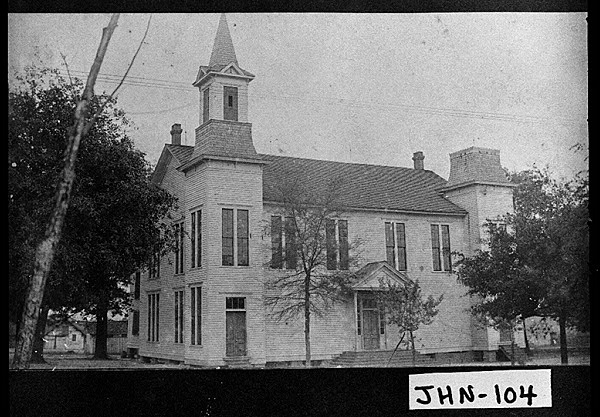
Football player Herschel Walker, who was born in Wrightsville and graduated from Johnson County High School in 1980, won the Heisman Trophy in 1982 while playing for the University of Georgia team. Walker went on to become an award-winning professional football player.
The Wrightsville and Tennille Railroad built the Wrightsville Depot in 1900. The building now functions as a community center and houses the Wrightsville–Johnson County Chamber of Commerce and the Johnson County Development Authority.
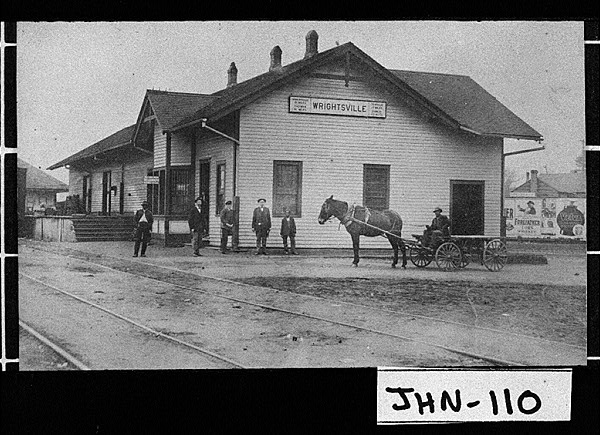
The Grice Inn, once a boarding house for students from Warthen College, is now the headquarters of the Johnson County Historical Society. Historic artifacts and papers are housed there as well. It was placed on the National Register of Historic Places in 1978. The Kite Museum, Kite’s historical museum, is housed in a former Masonic lodge built in 1890.
According to the 2020 U.S. census, the population of Johnson County is 9,189.






